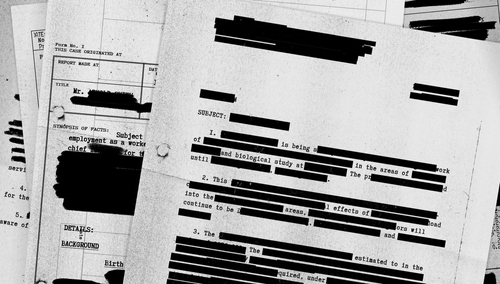How to Redact Without Regrets | CloudNine

Safeguarding a client’s personal information is an important responsibility. Redactions protect client privacy by obscuring confidential, privileged, non-responsive, and personally identifiable information from relevant documents. [1] Though important, redactions are a time-consuming part of the review process, especially when done manually. To save time, legal teams should conduct an initial assessment of what, when, and where redactions should be placed. As a first step, examine the nature of the case and discovery. In other words, identify the tools and file types that will be included in the review process. When considering which redaction tool to use, refer back to the guidelines set by the ESI protocol and protective order. The sophistication of both parties can also impact the accessibility of digital redaction technology. [2] Overall, redactions should not be taken lightly. Mistakes often embarrass or endanger the client’s safety. Other ramifications may include waived attorney-client privilege, malpractice lawsuits, suspension, and even disbarment.
Read more: How to Redact Without Regrets – CloudNine